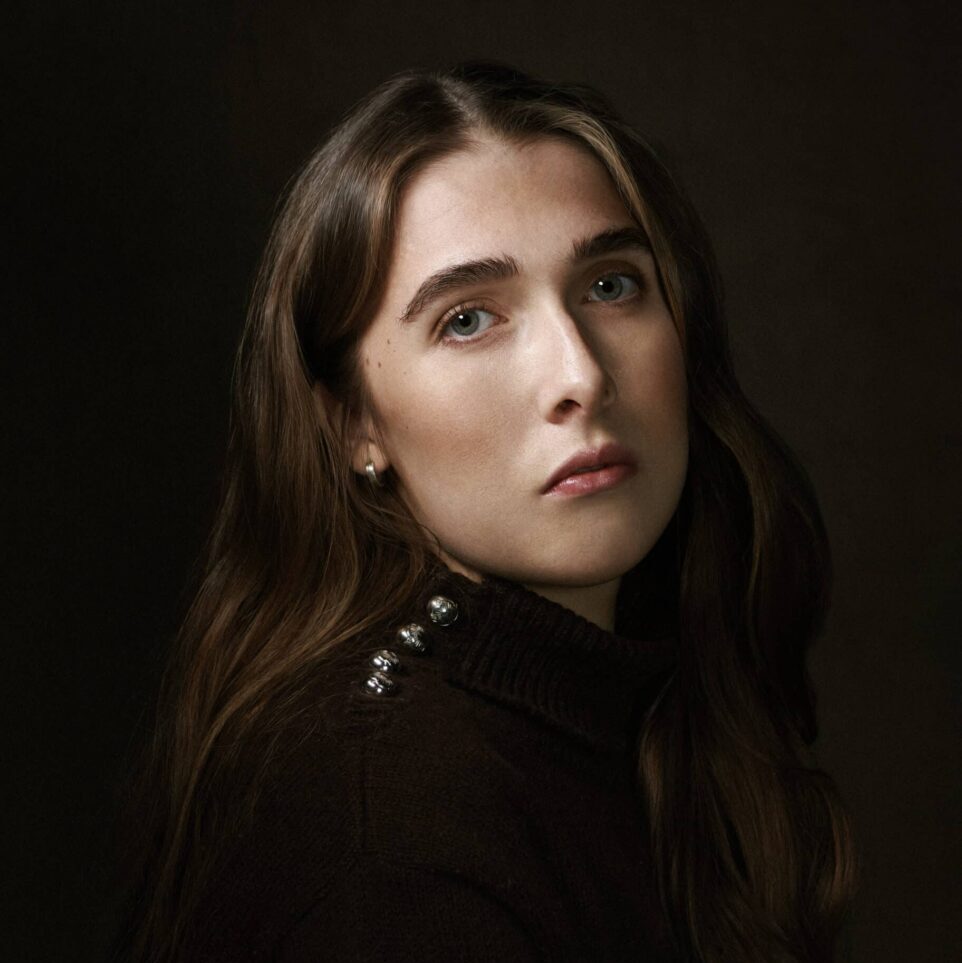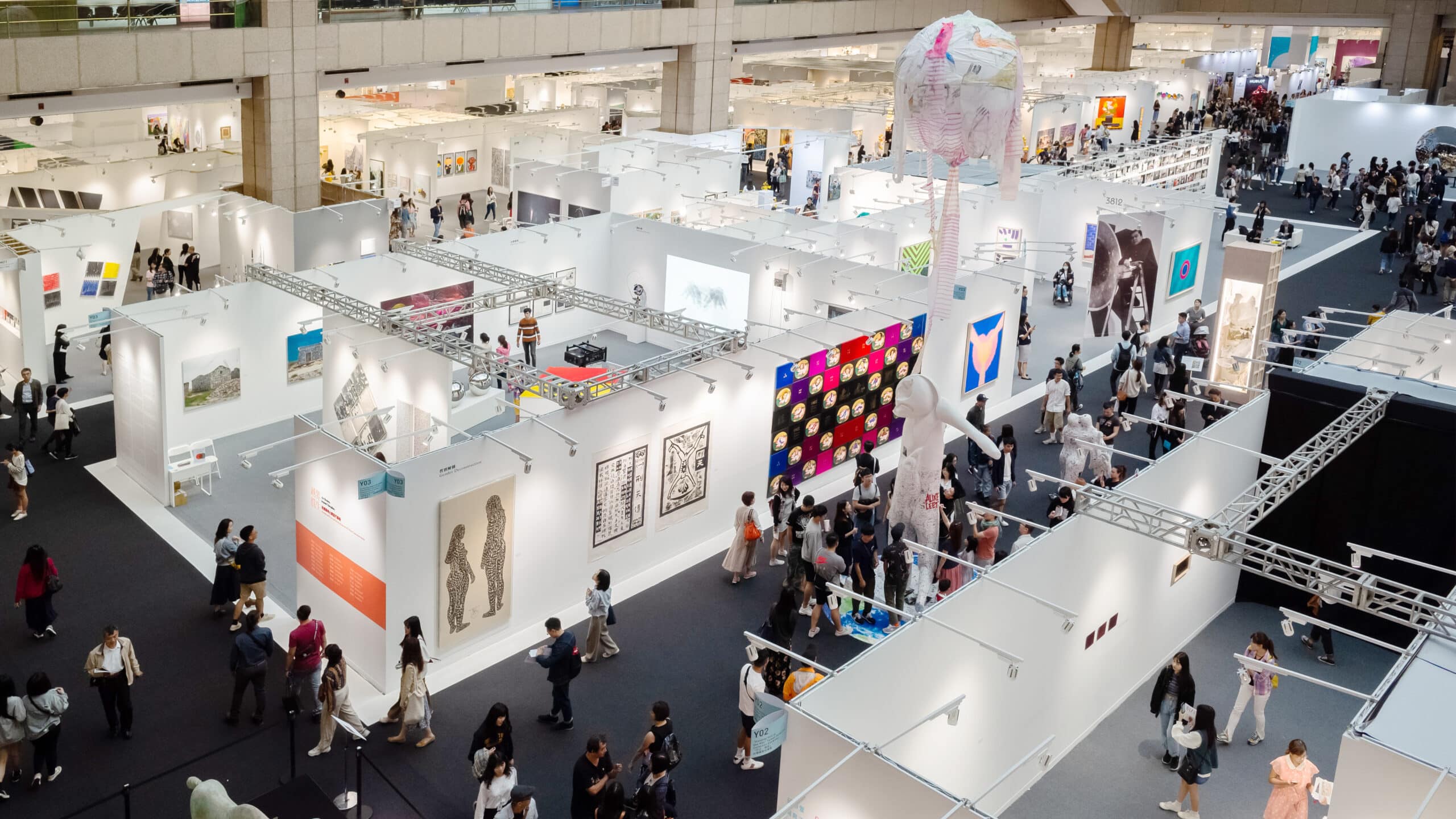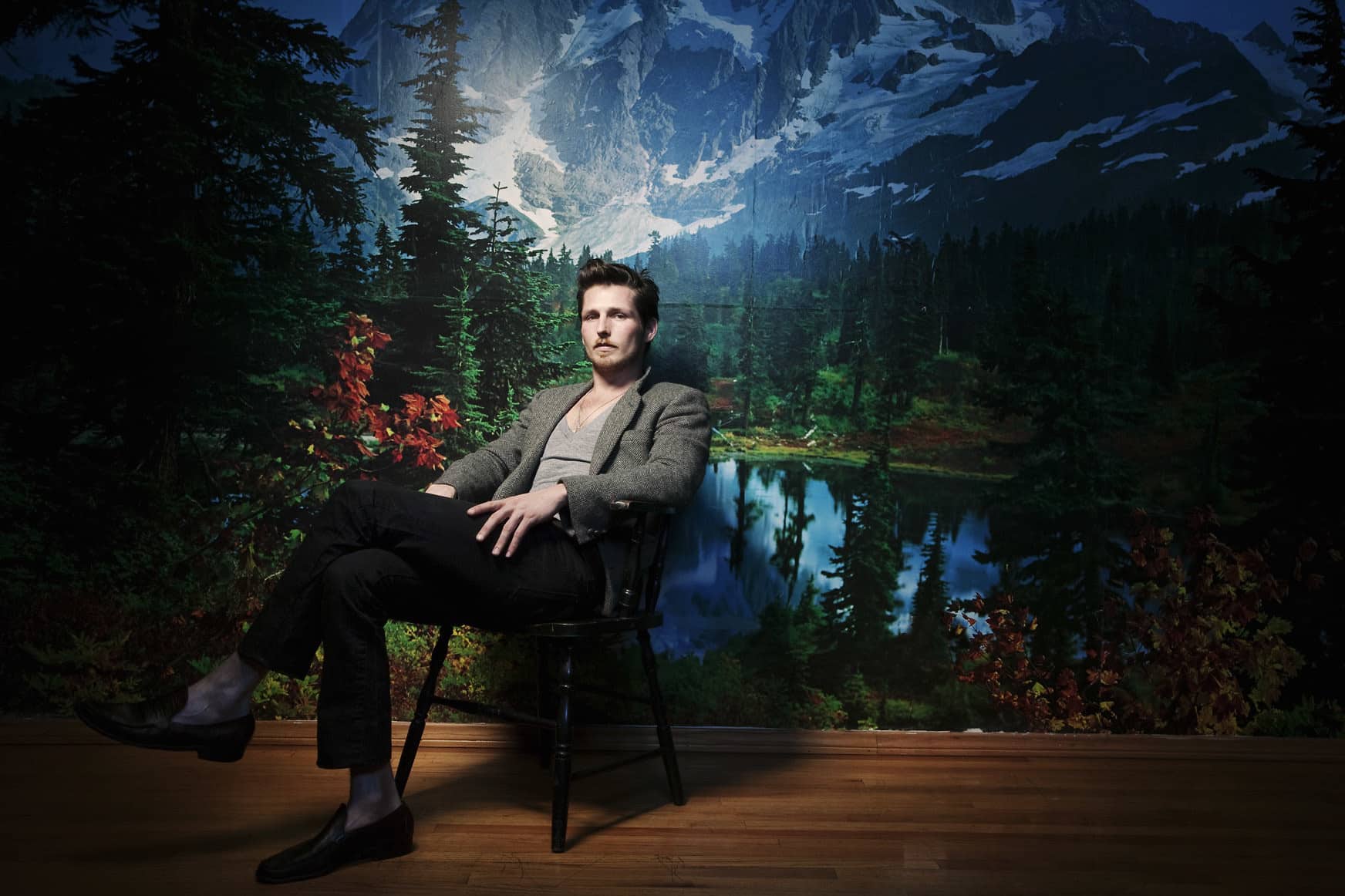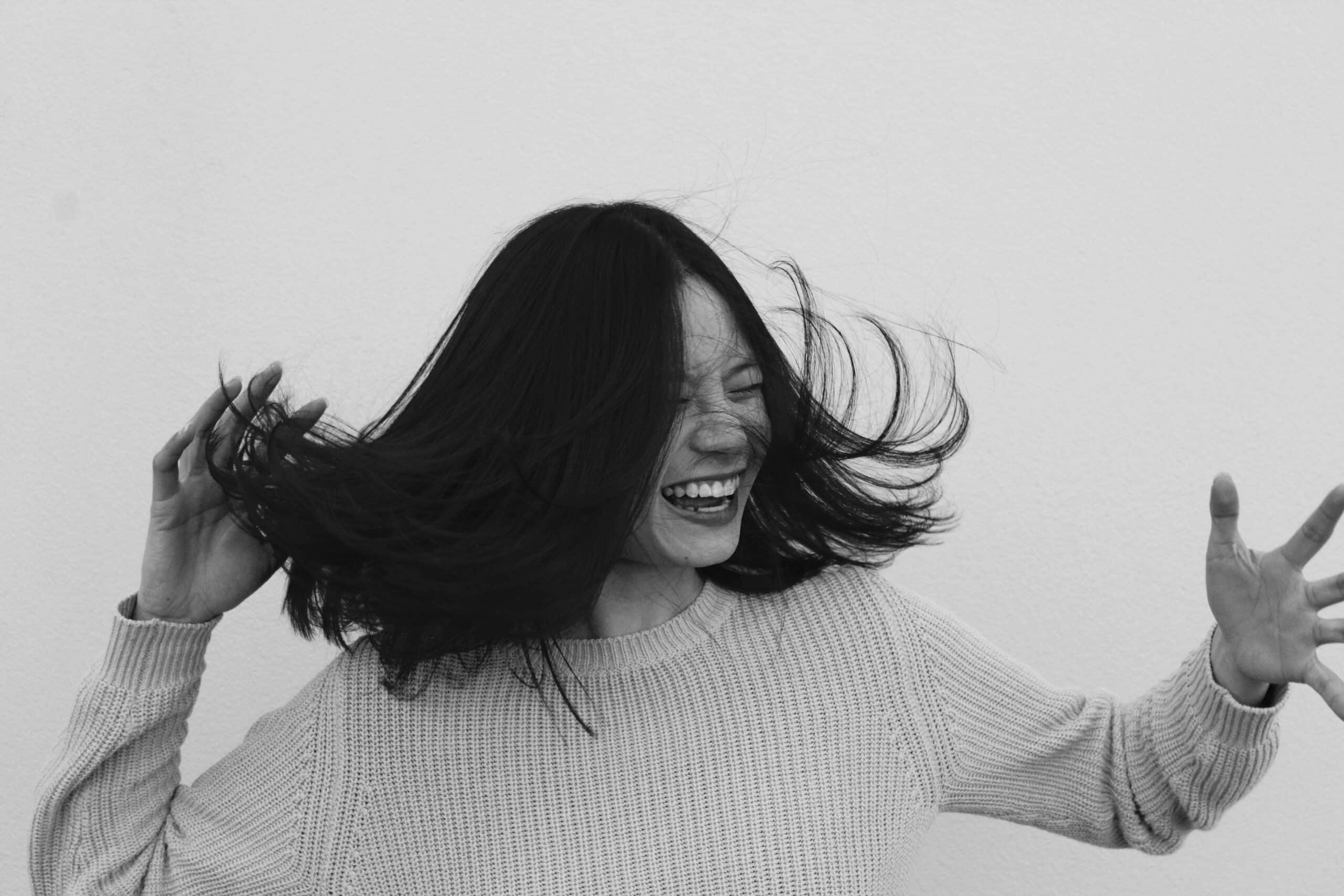Danielsen recibió su formación formal en el Media College de Dinamarca. En 2024, Format se asociará con Media College Denmark para ofrecer servicios gratuitos de portafolio a los estudiantes, con el fin de apoyar su transición de la escuela al mundo profesional de la fotografía. Para celebrar esta ocasión, nos sentamos con Marjun para hablar de su trayectoria en la fotografía, su formación y cómo ha desarrollado su estilo único de fotografía y cine.
Para ver más obras de Marjun, echa un vistazo a su Cartera Format.
Más información Media College Dinamarca aquí.
¿Puede presentarse y presentar su trabajo?
Me llamo Marjun Danielseny soy fotógrafa de retratos. Tengo 25 años, soy originaria de las Islas Feroe y actualmente resido en Aarhus (Dinamarca). Mi trabajo se centra en captar momentos auténticos y contar historias a través de la fotografía de retrato. Mi objetivo es crear imágenes que conecten con la gente a un nivel más profundo, ya se trate de proyectos personales o profesionales.
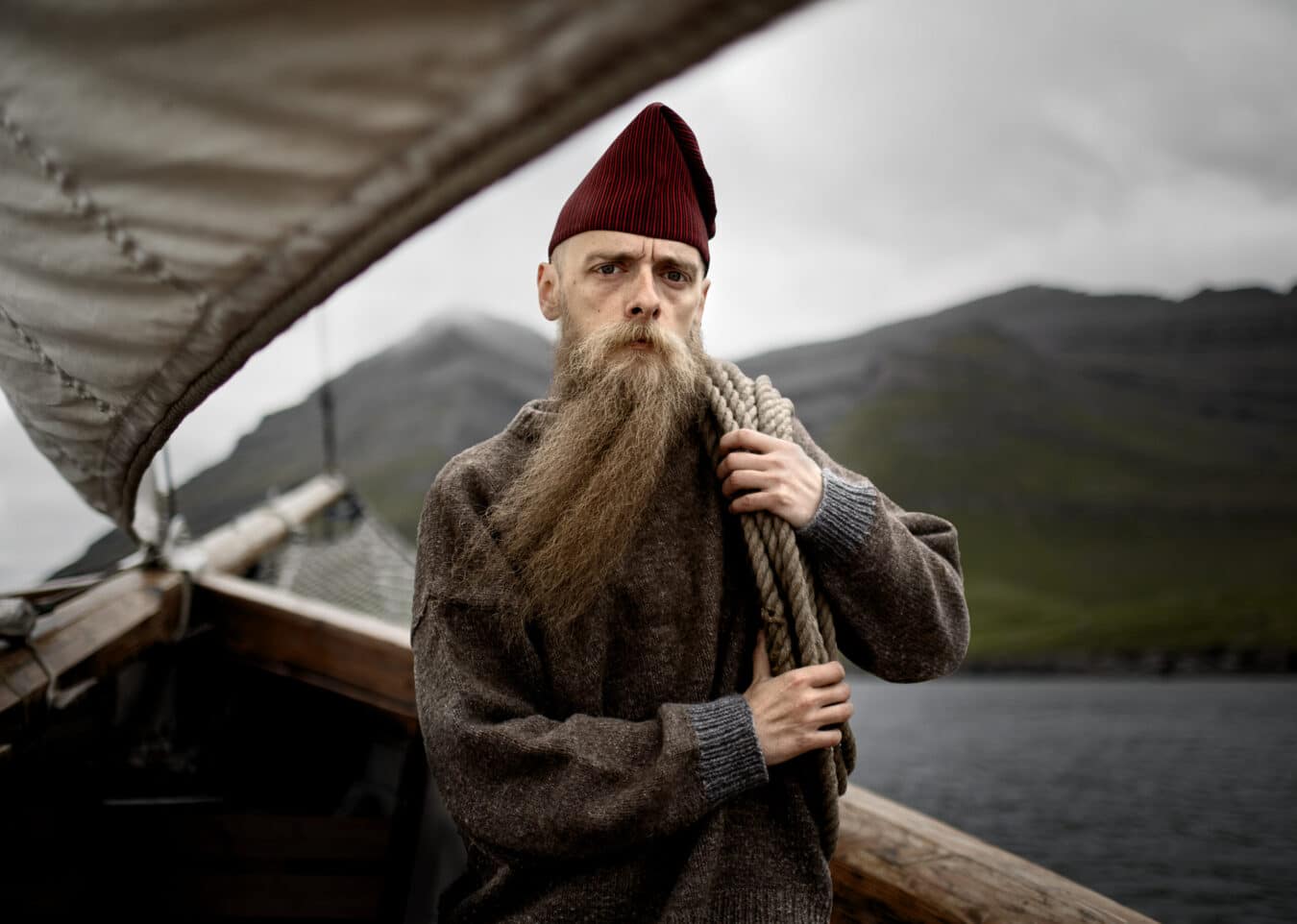
¿Cuándo te diste cuenta por primera vez de que te apasionaba la fotografía?
Lo que empezó como una simple afición, fotografiando a mis perros y caballos, se convirtió poco a poco en algo mucho más profundo. Pasaba horas detrás de la cámara experimentando con distintos ángulos, luces y técnicas, intentando captar sus personalidades y movimientos únicos. Con el tiempo, me centré en fotografiar a familiares y amigos, y fue entonces cuando empecé a ver la fotografía como algo más que un pasatiempo. Se convirtió en mi salida creativa, un espacio donde podía experimentar libremente y dar vida a mis ideas. Cada foto era una oportunidad para contar una historia, capturar un momento o evocar un sentimiento, y fue entonces cuando me di cuenta de lo poderosa que podía ser la fotografía, no sólo para mí, sino también como forma de conectar con los demás.
¿Qué te atrajo inicialmente de la fotografía como forma de expresión creativa?
Lo que inicialmente me atrajo de la fotografía fue su capacidad para captar emociones y momentos que de otro modo se desvanecerían con el tiempo. Me encanta cómo una sola imagen puede evocar sentimientos, contar historias y crear conexiones que van más allá de las palabras. La fotografía se convirtió en mi forma de preservar esos momentos y compartir mi perspectiva con los demás.
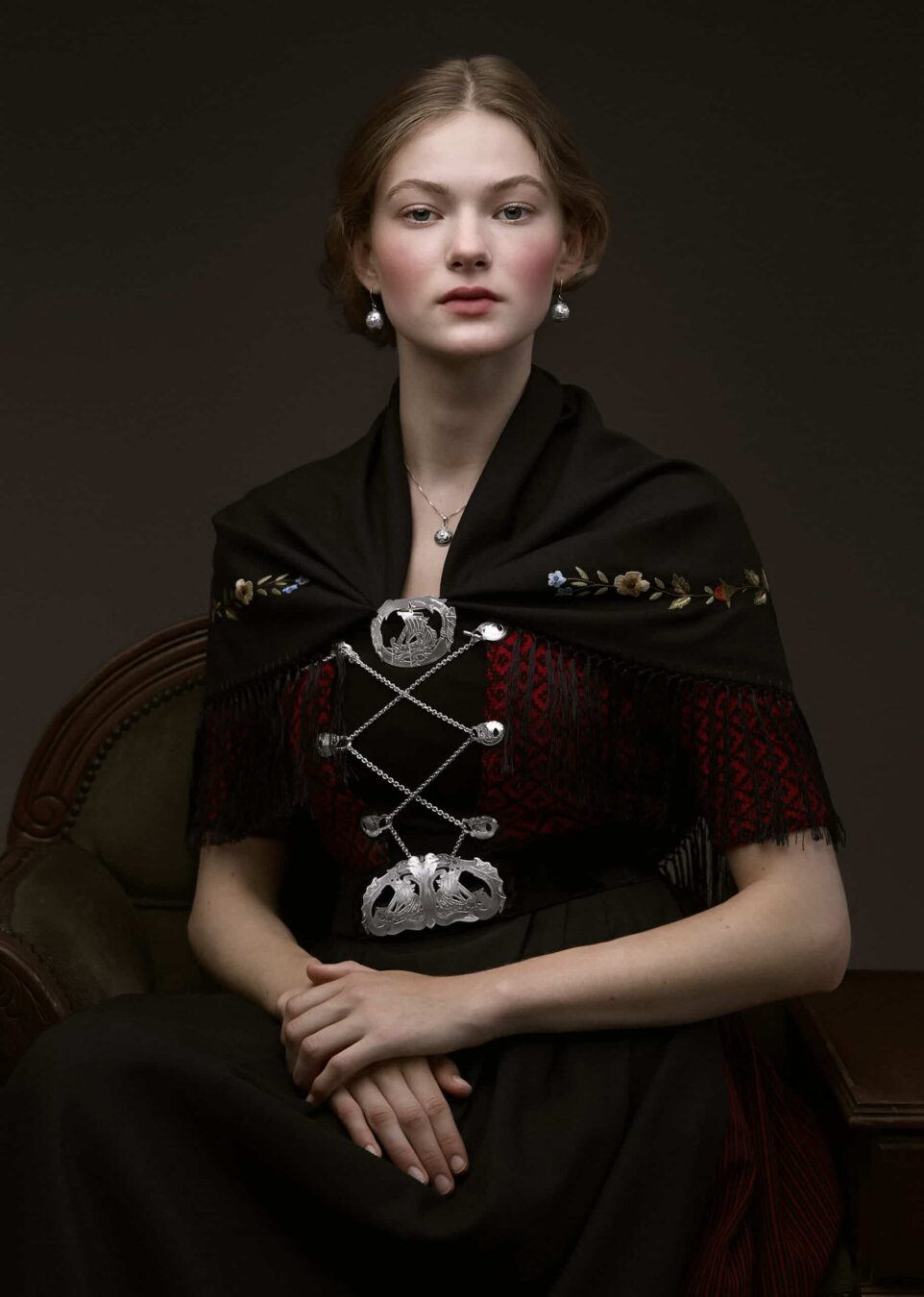
Fuiste a la Media College Denmark para formarte como fotógrafo profesional. ¿Podrías hablarnos un poco de la escuela y de tu lugar de trabajo?
Media College Denmark es, ante todo, un lugar que acoge a personas de todas las profesiones y condiciones sociales. Desde el primer día, me sentí allí como en casa, sobre todo por las increíbles amistades que he forjado. Además de ser una de las mejores y más acogedoras escuelas, con gente y profesores increíbles, el entorno de aprendizaje es solidario y enriquecedor. Me han equipado con todo lo que necesito saber y dominar en fotografía, desde habilidades técnicas hasta desarrollo creativo. La escuela hace hincapié en el aprendizaje práctico, lo que realmente me permitió evolucionar en mis habilidades técnicas a la vez que desarrollaba mi propio estilo. Durante mi estancia allí, aprendí mucho sobre narrativa visual, técnicas de iluminación, edición fotográfica y cómo crear mi propio sitio web. La escuela me ha proporcionado una base sólida para prosperar como fotógrafa profesional.
Como parte del programa, trabajé en el departamento de comunicación de la Universidad de Aarhus como estudiante de fotografía. Mientras estuve allí, trabajé con videógrafos, diseñadores gráficos y profesionales de la comunicación en varios proyectos a gran escala. Uno de los aspectos clave de mi papel era el nivel de independencia que tenía en la gestión de las tareas, desde el desarrollo del concepto hasta la ejecución. Esta independencia me permitió adquirir una valiosa experiencia en la toma de decisiones, la gestión eficaz del tiempo y la plena responsabilidad del resultado de los proyectos. Ha sido una experiencia de aprendizaje importante, sobre todo ahora que voy a poner en marcha mi propio negocio de fotografía. La combinación de trabajo en equipo y trabajo autónomo me ha proporcionado una base sólida para adentrarme en el mundo empresarial.

Parece que te encanta hacer retratos. ¿Qué hace que la fotografía de retratos sea tan especial para ti?
Considero que la fotografía de retratos es una de las formas más íntimas y personales de la fotografía. Lo que la hace tan especial es la capacidad de captar la esencia de una persona -sus emociones, su personalidad y sus historias- en un solo encuadre. Se trata de mucho más que de hacer una foto; se trata de establecer una conexión y una confianza entre el sujeto y yo. Cuando alguien se muestra vulnerable ante la cámara, es un privilegio poder captar esa autenticidad.
Me encanta el reto de leer el lenguaje corporal de una persona, comprender su estado de ánimo y encontrar los momentos adecuados que pongan de manifiesto quién es realmente. Cada persona es única, y cada sesión de retratos también. Por mucho que se planifique, siempre hay algo espontáneo en el proceso, algo inesperado que hace que la imagen sea más real. Esa capacidad de revelar una verdad o emoción más profunda en alguien es increíblemente gratificante para mí como fotógrafa.
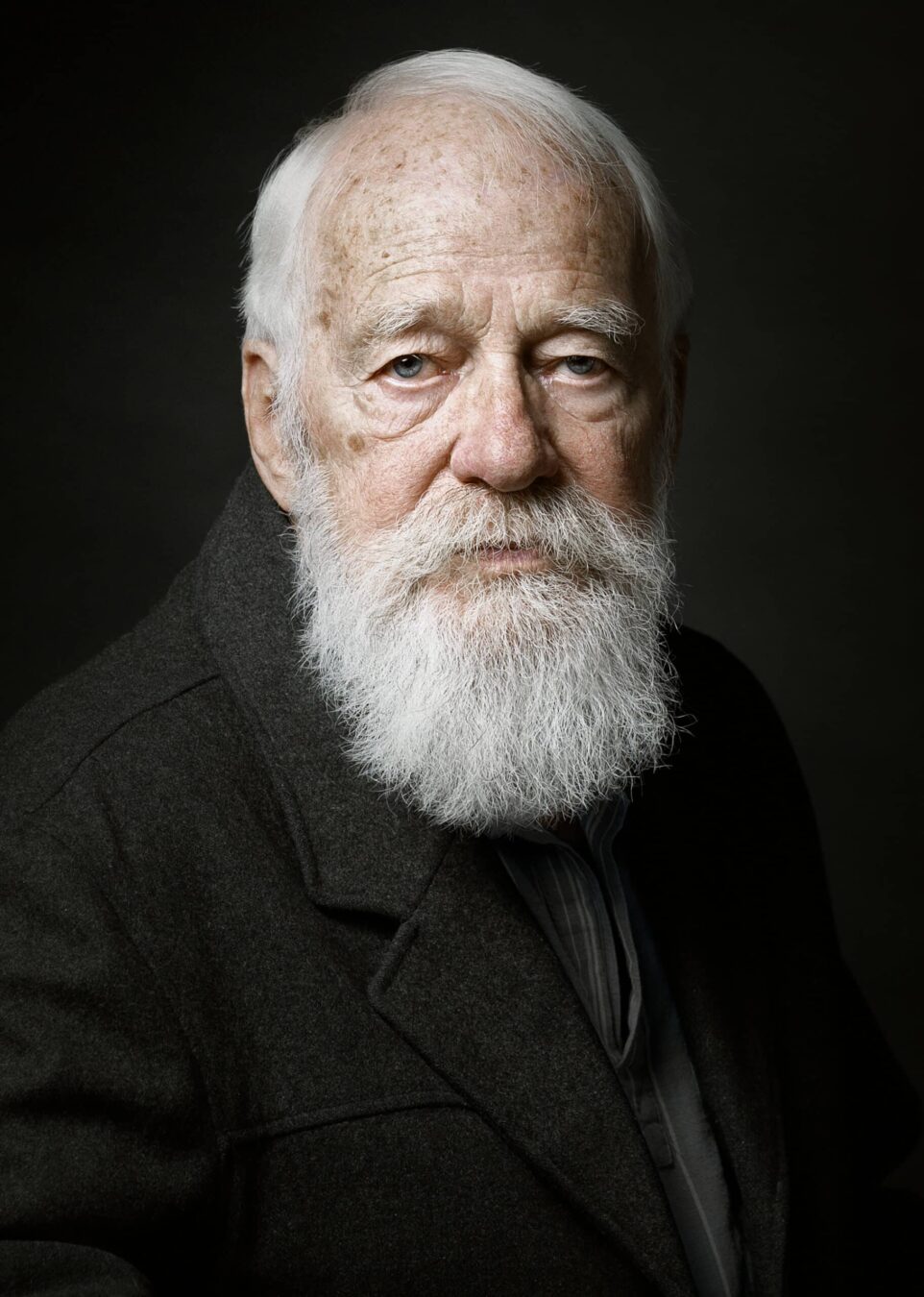
¿Cómo empiezas una sesión de fotografía de retrato y ayudas a la gente a relajarse delante de la cámara?
Antes de la sesión de retratos, me tomo el tiempo necesario para alinear las expectativas con mis clientes o modelos y asegurarme de que se sienten cómodos conmigo y con la sesión de fotos. Para mí es importante que se sientan relajados y entusiasmados con el proceso. Para ello, mantengo una conversación con ellos para hablarles de mi visión y de lo que espero conseguir, y les presento el moodboard para asegurarme de que estamos de acuerdo. Durante la sesión, me aseguro de proporcionarles información constante, mostrándoles avances de las imágenes y ofreciéndoles cumplidos y consejos. Se trata de crear un espacio en el que se sientan seguros y cómodos. Al establecer esa confianza y crear un entorno positivo y de apoyo, me parece que es mucho más fácil para ellos relajarse y para mí posar y guiarles.
¿Cómo ha evolucionado tu estilo o técnica desde que empezaste a hacer fotos?
Cuando empecé a hacer fotos, no prestaba mucha atención a los aspectos técnicos, como los ajustes de la cámara o la iluminación. Me centraba únicamente en el sujeto que tenía delante. Con los años, he ido desplazando gradualmente mi atención hacia el dominio de los aspectos técnicos: aprender a controlar la iluminación, la composición y los ajustes de la cámara. Este crecimiento me ha permitido centrarme tanto en el sujeto como en la narrativa que quiero captar. Mi comprensión técnica ha evolucionado definitivamente, y ahora puedo equilibrar a la perfección la visión creativa con los detalles técnicos, lo que da lugar a imágenes más dinámicas e intencionadas. Con el tiempo, también he desarrollado lentamente mi propio estilo, combinando narración, inspiración, conocimientos técnicos y autenticidad para crear fotografías poderosas y únicas.
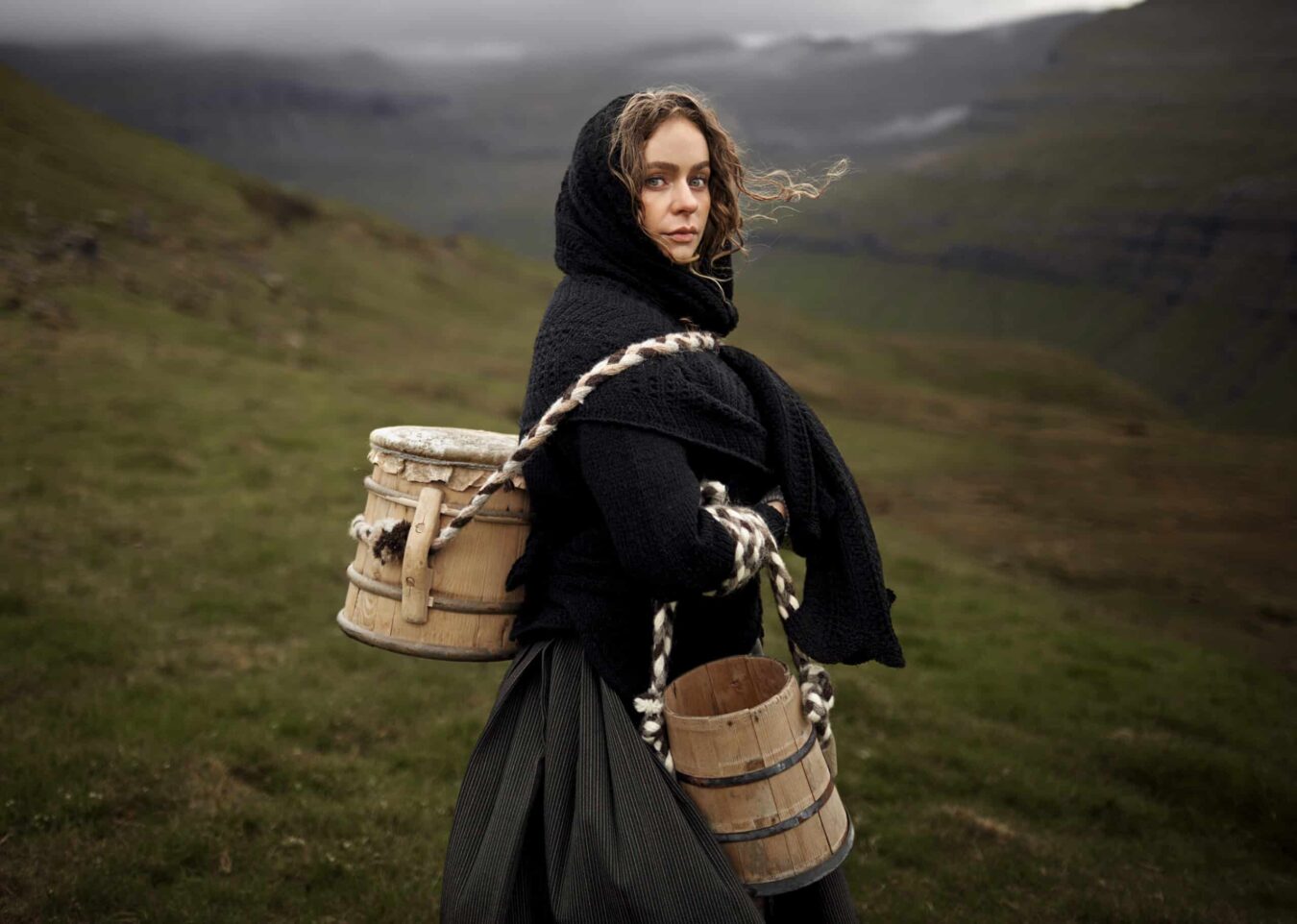
¿Qué papel desempeña la espontaneidad en tu fotografía frente a la planificación previa de las tomas?
Creo que hay un equilibrio entre ambas cosas. Me encanta la planificación previa, especialmente para campañas o proyectos específicos en los que todo tiene que estar perfectamente alineado. Sin embargo, algunas de mis mejores fotos han surgido de momentos espontáneos durante una sesión: interacciones imprevistas o expresiones naturales que no se pueden escenificar.
¿Hay algún fotógrafo o artista que haya influido significativamente en tu trabajo?
Sí, me inspiran profundamente tanto las pinturas antiguas como las fotografías históricas. Ocupan un lugar especial en mi corazón y han sido una enorme fuente de inspiración para mí. Hay algo intemporal y cautivador en la forma en que se captan la luz, la sombra y la emoción en el arte clásico y la fotografía primitiva. Estas obras han influido enormemente en mi enfoque, especialmente en lo que respecta a la composición, el uso de la luz y la profundidad emocional que me esfuerzo por aportar a mis imágenes. Aunque admiro a muchos fotógrafos contemporáneos, la riqueza y la narrativa de las obras antiguas siguen guiando y dando forma a mi estilo.
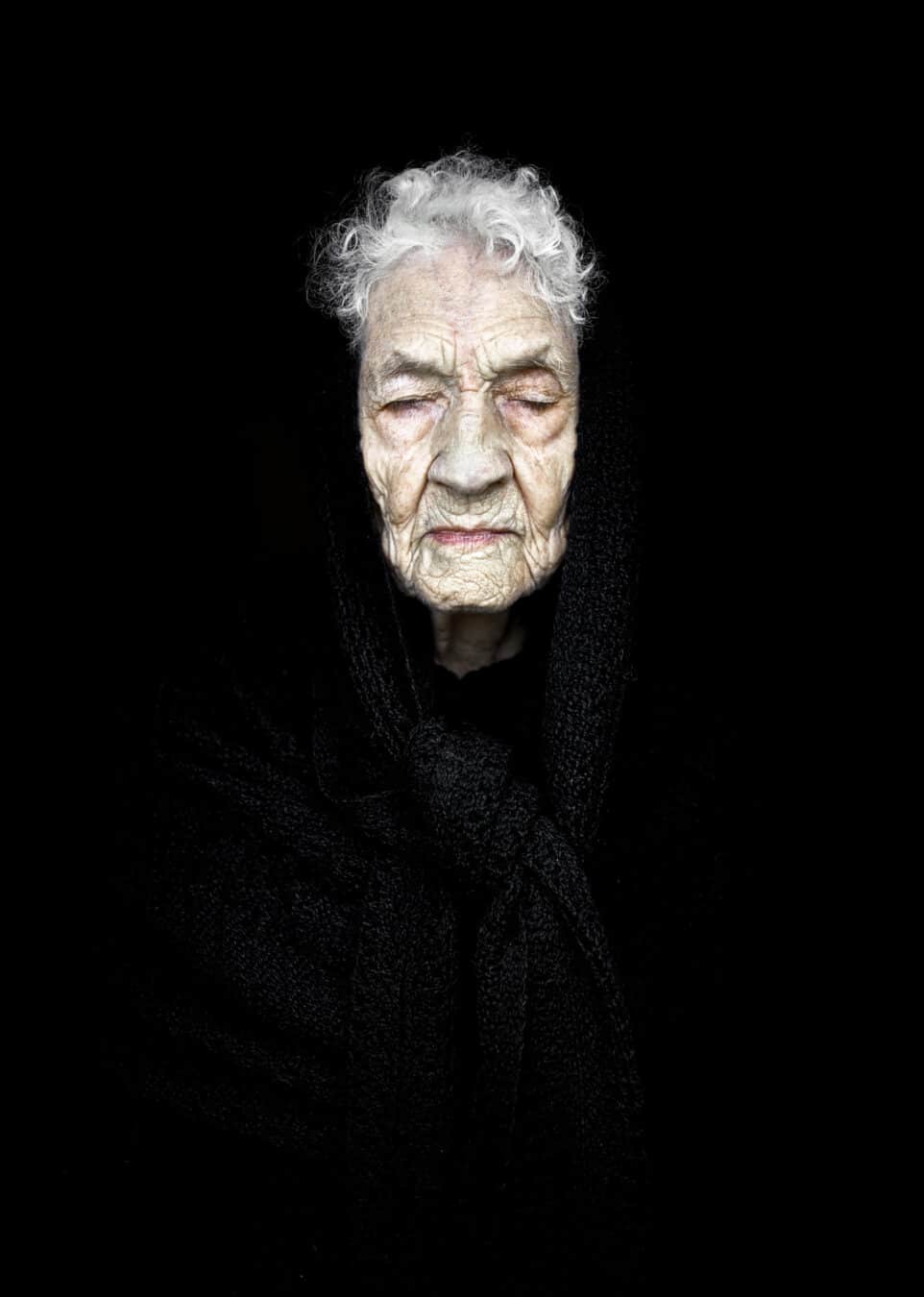
¿Prefieres fotografiar con luz natural o en estudio, y por qué?
No tengo una preferencia estricta: utilizo lo que tenga más sentido para la sesión y la imagen que intento crear. Me encanta la versatilidad de la luz natural; cambia a lo largo del día y aporta suavidad y autenticidad a las fotos. Al mismo tiempo, me he convertido en una gran fan de combinar la luz natural con el flash, así como de trabajar con iluminación de estudio controlada. Cada tipo de luz ofrece algo diferente, y pienso más en lo que mejor servirá a la visión de la imagen final, en lugar de centrarme en qué iluminación prefiero. Tanto la luz natural como la de estudio tienen su lugar, según el estado de ánimo y la historia que quiera transmitir.

Acabas de graduarte como fotógrafo profesional. ¿Hacia dónde ves tu carrera fotográfica en los próximos años?
Mi sueño es forjarme una carrera como fotógrafa de retratos y, con el tiempo, tener mi propio estudio. Me entusiasma la posibilidad de colaborar con marcas y trabajar en proyectos personales que me permitan explorar mi visión creativa como fotógrafa independiente. Actualmente estoy trabajando en construir mi cartera y en conectar con nuevos clientes. Tengo algunas sesiones de retrato preparadas, y también estoy desarrollando nuevos proyectos personales. Ser independiente conlleva mucha libertad creativa, y estoy deseando explorar nuevas oportunidades y colaboraciones en un futuro próximo. En última instancia, quiero que mi fotografía conecte con la gente y cuente historias significativas. Por ahora, abrazo el viaje a medida que se desarrolla y estoy deseando ver adónde me lleva.

¿Qué papel desempeña tu portafolio en tu papel como fotógrafo profesional?
Mi portafolio es esencialmente un currículum visual. Muestra mi estilo, mis habilidades técnicas y los proyectos en los que he trabajado. Es una forma de que los posibles clientes y colaboradores vean cómo enfoco la narración a través de las imágenes y cómo mi visión se alinea con sus necesidades. Un portafolio sólido es crucial porque a menudo es la primera impresión que la gente tiene de mi trabajo, y ayuda a generar confianza mostrando coherencia y creatividad.
Construye tu cartera con Format
Valorado como #1 constructor de portafolios online por fotógrafos.
¿Qué consejo daría a los artistas aspirantes o emergentes?
Mi consejo sería que te mantuvieras curioso y abierto al aprendizaje. La fotografía evoluciona constantemente, y siempre hay algo nuevo que explorar, ya sea una técnica o una perspectiva diferente. No tengas miedo de experimentar y encontrar tu propia voz, pero ten paciencia: lleva tiempo desarrollar un estilo único. Por último, establece contactos con otras personas del sector creativo. La colaboración puede abrirte las puertas a nuevas oportunidades y ayudarte a crecer como artista.
Puedes echar un vistazo entre bastidores a algunas de las sesiones de fotos de Marjun en este cortometraje creado por Markus Bjerremand:
Acerca de Media College Dinamarca
Media College Dinamarca tiene su sede en Vibord (Dinamarca). Desde 1987, la escuela ha proporcionado a la industria visual europea fotógrafos comerciales y técnicos de producción de cine y televisión, y en años más recientes, se ha ampliado para incluir campos como el desarrollo web. Los programas para estudiantes se basan en el principio dual, que es una característica bastante singular del sistema educativo danés.
Como futuro fotógrafo, entras en el curso básico, abierto a todos los apasionados de la fotografía. Para continuar tus estudios tras las 20 semanas de formación básica, vas a la caza de un lugar de trabajo para ser admitido en los cursos principales. Los lugares de trabajo suelen ser estudios fotográficos de Dinamarca y Escandinavia, y durante cuatro años trabajas como fotógrafo en tu estudio mientras asistes a los cursos principales durante 40 semanas en total. El fotógrafo no se considera un becario en el sentido clásico, sino parte del equipo fotográfico. Durante la duración de sus estudios, se le paga un salario de estudiante y se espera que trabaje a tiempo completo. El principio dual garantiza que el fotógrafo conozca la industria fotográfica después de graduarse, ya que la mayor parte de sus estudios se desarrolla dentro de la industria.
Los programas de los estudiantes están en danés, al igual que el sitio web. Independientemente del idioma, puedes ver los portafolios de los graduados en este enlace, organizados por año de graduación y nombre del fotógrafo: https://mcdm.dk/fotograf/gallerier-fotografuddannelsen/

